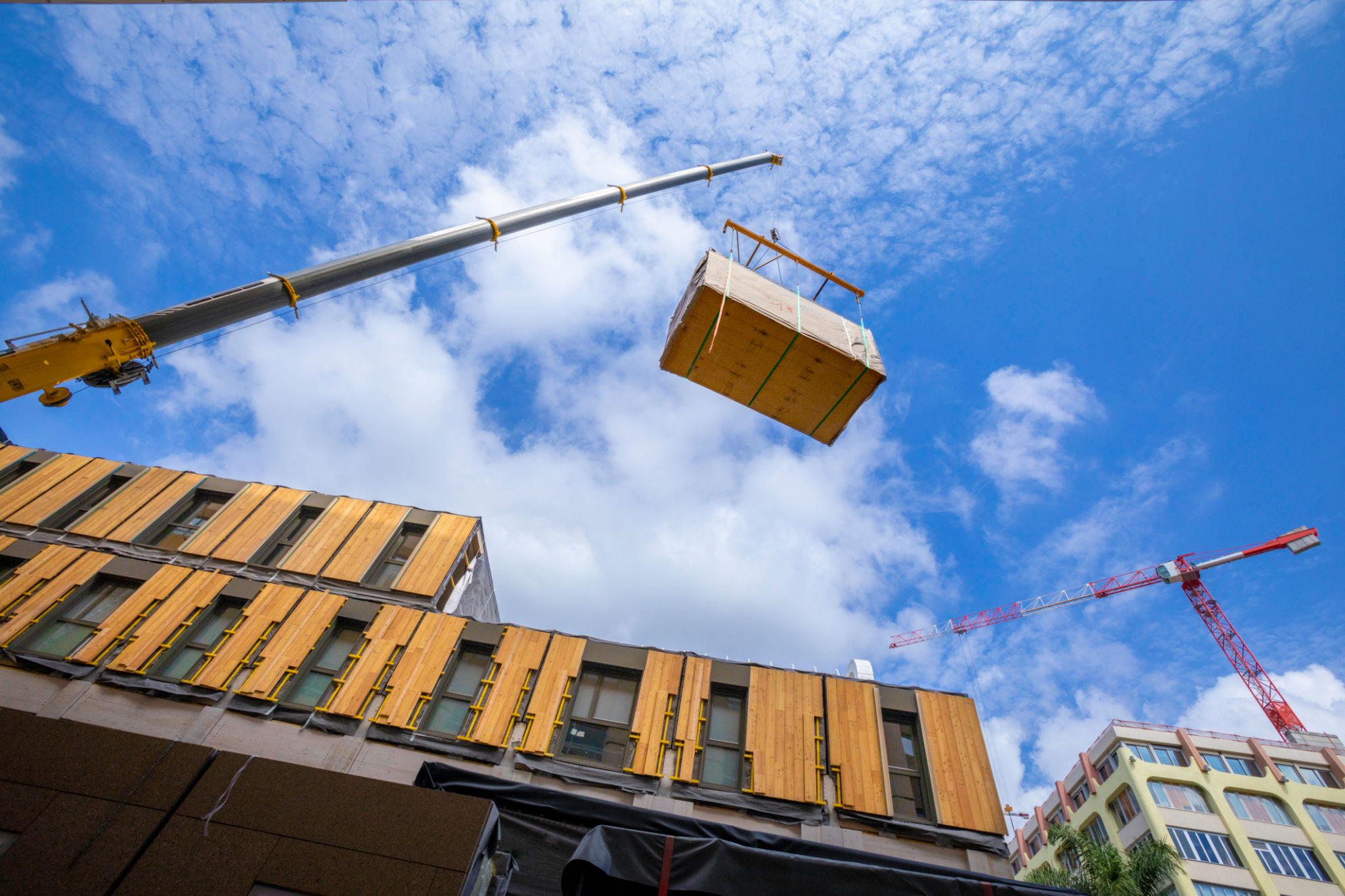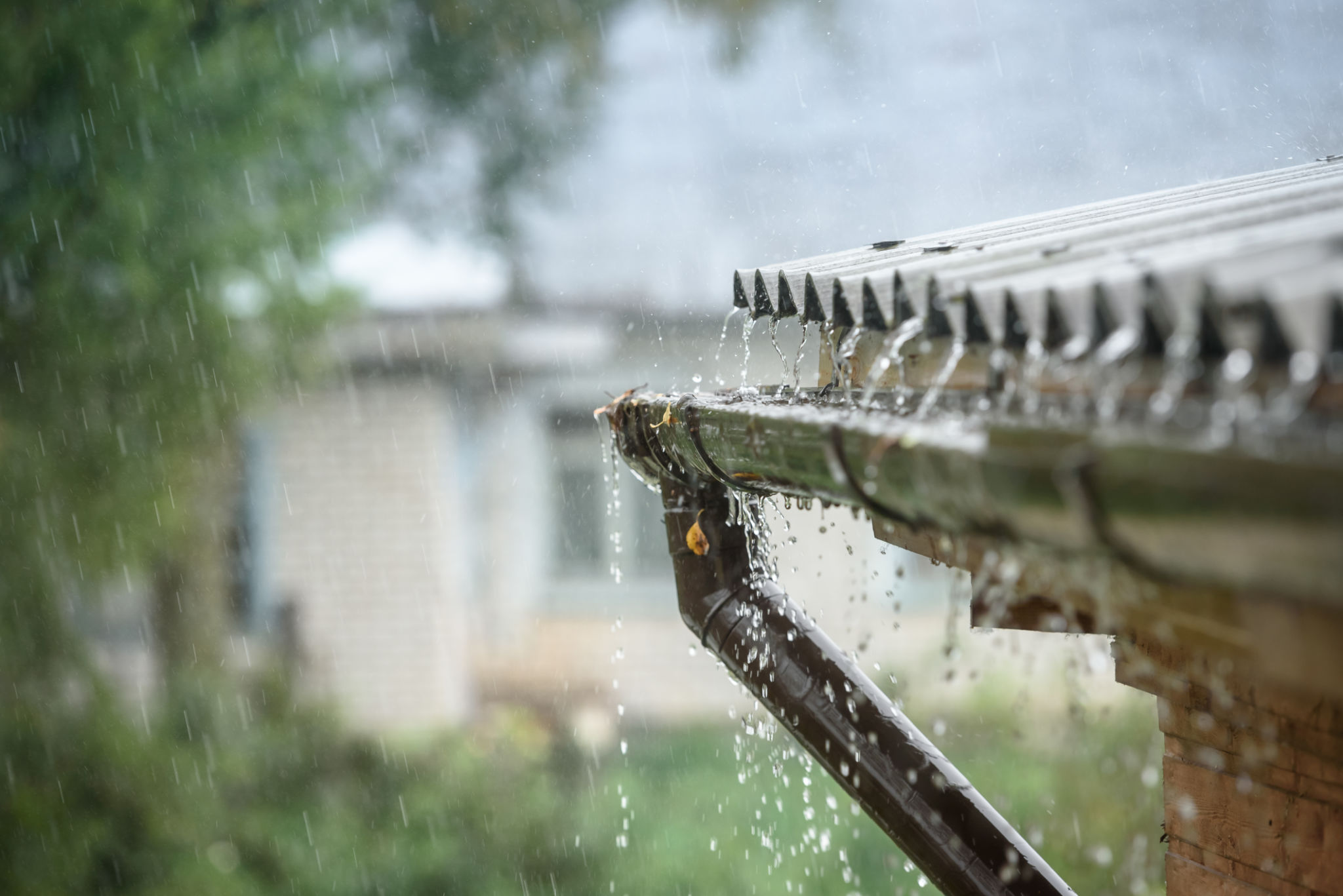Expert Tips for Sustainable Building Practices in Jacksonville
Understanding Sustainable Building Practices
As Jacksonville continues to grow, the demand for sustainable building practices becomes increasingly essential. Sustainable building involves creating structures and using processes that are environmentally responsible and resource-efficient. This concept applies to a building's entire lifecycle: from siting to design, construction, operation, maintenance, renovation, and deconstruction.
By integrating sustainable building practices, Jacksonville can minimize its environmental impact while promoting a healthier living environment. These practices not only benefit the environment but also offer economic advantages by reducing energy costs and increasing property value.

Energy Efficiency
Incorporating Renewable Energy Sources
One of the most effective ways to achieve sustainability is through the use of renewable energy sources. Solar panels, for example, are a popular choice in Jacksonville due to the city’s abundant sunshine. By harnessing solar energy, buildings can significantly reduce their reliance on fossil fuels and lower their energy bills.
Additionally, consider implementing wind energy systems or geothermal heating and cooling solutions where feasible. These technologies can further enhance a building's energy efficiency and contribute to a more sustainable environment.
Optimizing Insulation and Ventilation
Proper insulation and ventilation are crucial for maintaining energy efficiency in buildings. Insulation helps maintain a consistent indoor temperature, reducing the need for excessive heating or cooling. By using materials with high insulation ratings, builders can ensure that energy is used more efficiently.

Ventilation also plays a vital role in sustainable building practices. Efficient ventilation systems improve indoor air quality while reducing energy consumption. Consider integrating natural ventilation methods, such as strategically placed windows and vents, to optimize airflow.
Water Conservation Techniques
Installing Low-Flow Fixtures
Water conservation is another critical aspect of sustainable building. By installing low-flow fixtures, such as faucets, showerheads, and toilets, buildings can significantly reduce water usage. These fixtures maintain performance while using substantially less water, contributing to overall sustainability efforts.
Rainwater Harvesting Systems
Implementing rainwater harvesting systems is an innovative way to conserve water. These systems collect rainwater from rooftops and store it for non-potable uses like irrigation and toilet flushing. By reducing dependency on municipal water supplies, rainwater harvesting systems help conserve this valuable resource.

Sustainable Materials and Waste Management
Choosing Eco-Friendly Materials
Selecting sustainable materials is crucial for environmentally friendly construction. Opt for materials that are recycled, reclaimed, or sustainably sourced, such as bamboo flooring or reclaimed wood. Using these materials reduces environmental impact and often enhances the aesthetic appeal of buildings.
Effective Waste Management
During construction, proper waste management strategies can significantly reduce the amount of waste sent to landfills. Implement recycling programs on-site to sort and recycle materials like metal, wood, and concrete. This not only minimizes environmental impact but can also reduce disposal costs.

The Role of Green Certifications
Pursuing green certifications like LEED (Leadership in Energy and Environmental Design) can demonstrate a commitment to sustainable building practices. These certifications provide a framework for designing and constructing high-performance green buildings and can serve as a valuable marketing tool to attract environmentally conscious clients.
In conclusion, adopting sustainable building practices in Jacksonville is essential for reducing environmental impact and promoting economic benefits. By focusing on energy efficiency, water conservation, sustainable materials, and waste management, builders can create healthier and more sustainable environments for future generations.